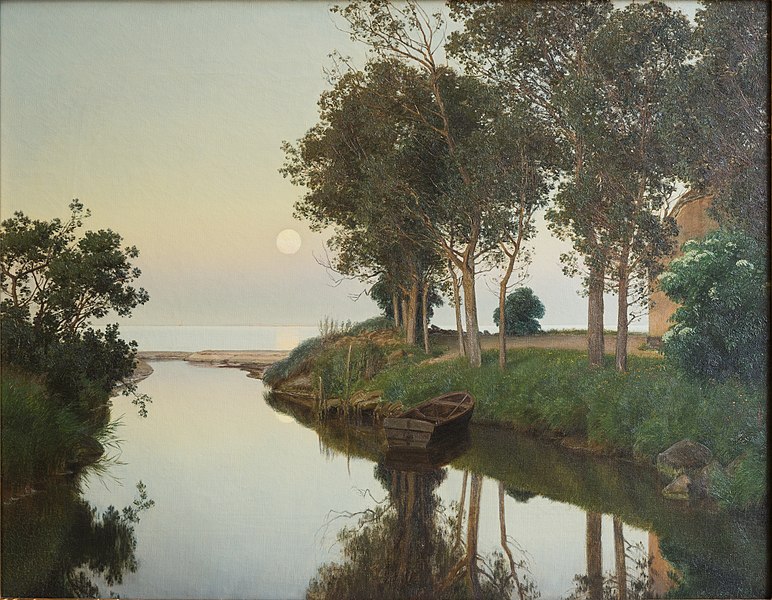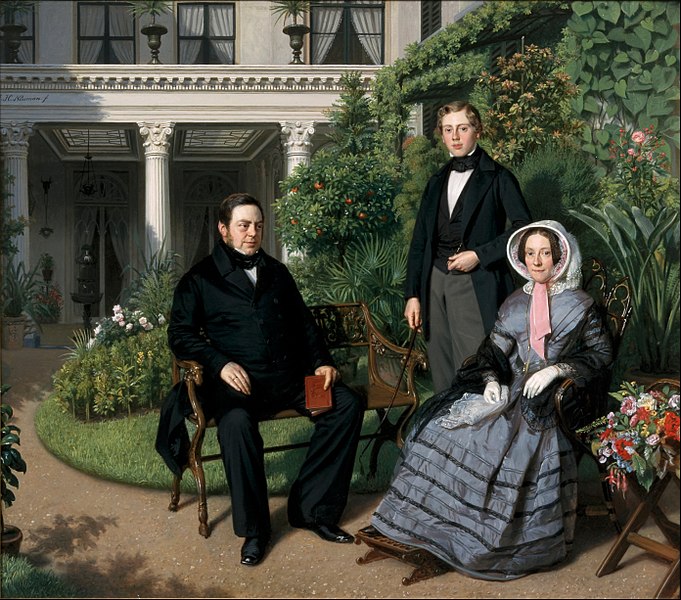A puzzle from the 1998 Moscow Mathematical Olympiad, via Peter Winkler’s excellent Mathematical Puzzles, 2021:
An anthropologist is surrounded by a circle of natives. Each native either always lies or always tells the truth. The anthropologist asks each native whether the native to his right is a liar or a truth teller. From their answers, she’s able to deduce the fraction of the circle who are liars. What is the fraction?



